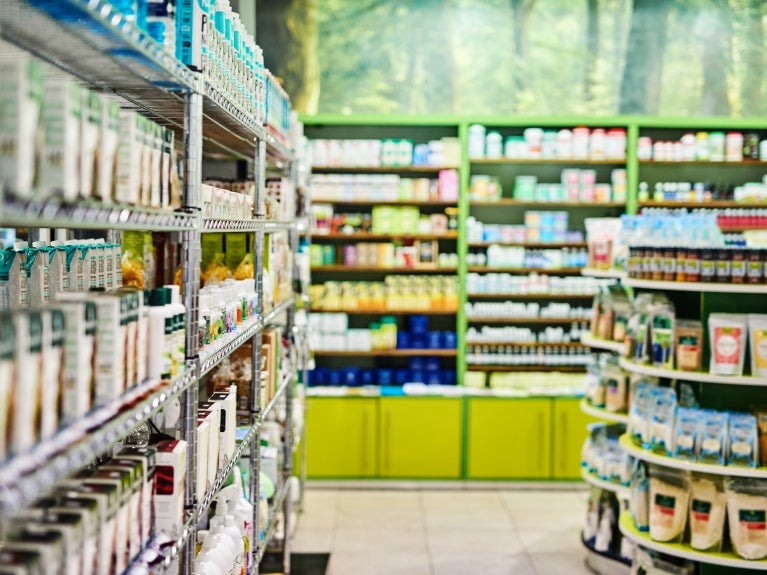FDA Announces New Food Traceability Resources

On November 30, 2023, FDA announced the availability of new resources for stakeholders to facilitate compliance with the Food Traceability Rule.
Refresher on FDA's Food Traceability Final Rule
FDA issued its Food Traceability Final Rule on November 15, 2022. The final rule imposes new recordkeeping requirements for stakeholders that manufacture, process, pack, or hold foods listed on the Food Traceability List (FTL), a copy of which we include at the end of this Update.
This rule will require covered entities to maintain records containing specific "key data elements" (KDEs) for certain "critical tracking events" (CTEs) regarding the handling of FTL foods. The final rule also will require affected entities to link these records to a food's "traceability lot code" (TLC) and to maintain "traceability plans" outlining how compliance with the final rule will be achieved.
The Food Traceability Rule is one of the major rules implementing the Food Safety Modernization Act, which is intended to mitigate the risks of foodborne illness. As its name suggests, the requirements of the Food Traceability Rule are intended to allow for faster identification and rapid removal of potentially contaminated food from the market.
The compliance date for regulated entities is January 20, 2026. Earlier this year, FDA announced that it will not begin routine inspections under the Food Traceability Rule until 2027. FDA intends for this additional time window to provide covered entities with a further opportunity to consider and implement measures that will facilitate compliance with the rule.
The New Resources
These newly announced resources (available here) include, but are not limited to:
- Translations of the codified portion of the rule, as well as many of the supporting materials and tools in Spanish and other languages.
- Interactive tool that explains Critical Tracking Events and Key Data Elements.
- Interactive tool that identifies partial and full exemptions to the rule.
- FAQs.
The new resources are designed to assist stakeholders with compliance with the Food Traceability Rule's requirements well ahead of the compliance deadline.
Food Traceability Example
FDA has provided several examples of the traceability plans and KDEs for traceability purposes. Below is the agency's example of a deli salad made with ingredients on the FTL (fresh-cut onions and celery) and non-FTL ingredients.

As shown above, the processor of the salad is the source of the traceability lot code. Each segment of the food supply chain involving foods on the FTL is part of the overall traceability plan and maintains records containing specific KDEs to promote traceability.
Food Traceability List
As of December 2023, FDA's list of foods on the FTL are set out below and maintained on the agency's website.
| Foods | Description |
| Cheeses, other than hard cheeses | Includes all soft ripened or semi-soft cheeses, and fresh soft cheeses that are made with pasteurized or unpasteurized milk. |
| Shell eggs | Shell egg means the egg of the domesticated chicken. |
| Nut butter | Includes all types of tree nut and peanut butters; does not include soy or seed butters. |
| Cucumbers | Includes all varieties of cucumbers. |
| Herbs (fresh) | Includes all types of herbs, such as parsley, cilantro, basil. |
| Leafy greens, including fresh-cut leafy greens | Includes all types of leafy greens, such as lettuce, (e.g., iceberg, leaf, and Romaine lettuces), kale, chicory, watercress, chard, arugula, spinach, pak choi, sorrel, collards, and endive. |
| Melons | Includes all types of melons, such as cantaloupe, honeydew, and watermelon. |
| Peppers | Includes all varieties of peppers. |
| Sprouts | Includes all varieties of sprouts. |
| Tomatoes | Includes all varieties of tomatoes. |
| Tropical tree fruits | Includes all types of tropical tree fruit, such as mango, papaya, mamey, guava, lychee, jackfruit, and starfruit. |
| Fruits and vegetables (fresh-cut) | Includes all types of fresh-cut fruits and vegetables. |
| Finfish, including smoked finfish | Includes all finfish species, such as cod, haddock, Alaska pollack, tuna, mahi mahi, mackerel, grouper, barracuda, and salmon; does not include siluriformes fish, such as catfish.[1] |
| Crustaceans | Includes all crustacean species, such as shrimp, crab, lobster, and crayfish. |
| Mollusks, bivalves | Includes all species of bivalve mollusks, such as oysters, clams, and mussels; does not include scallop adductor muscle. |
| Ready-to-eat deli salads | Includes all types of ready-to-eat deli salads, such as egg salad, potato salad, pasta salad, and seafood salad; does not include meat salads. |
*Chart Reference: FDA's Food Traceability List
Compliance with the Food Traceability Rule often involves consultation with sophisticated regulatory professionals. Perkins Coie's food regulatory team can assist clients in navigating traceability requirements and other compliance questions.
Endnotes
[1] Data for catfish were excluded from the Risk-Ranking Model because siluriformes fish (such as catfish) are primarily regulated by the U.S. Department of Agriculture (USDA).
© 2023 Perkins Coie LLP

